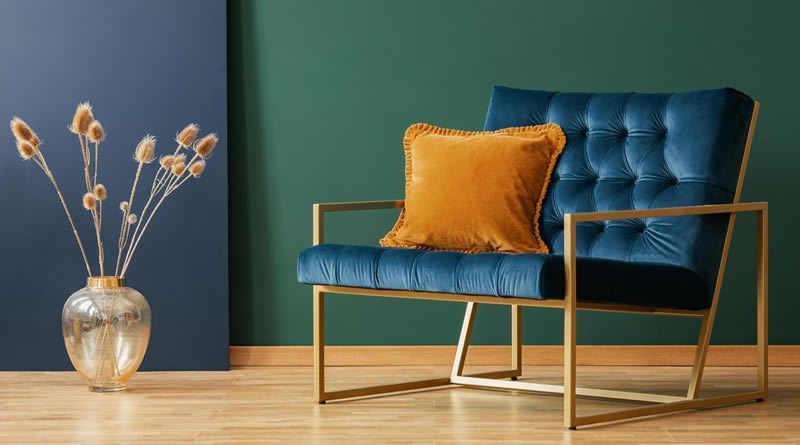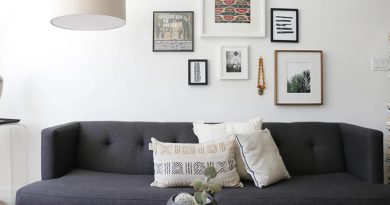Factors to Consider in Furniture Design
In the world of interior design, furniture plays a crucial role in creating functional and aesthetically pleasing spaces. Whether it’s a cozy living room, a productive office, or a stylish dining area, furniture design is an essential element that can make or break the overall ambiance. When it comes to designing furniture, there are several factors that designers need to take into consideration to ensure the perfect blend of form, function, and style. In this article, we will explore some of the key factors to consider in furniture design.
Ergonomics and Comfort
One of the primary considerations in furniture design is ergonomics and comfort. Furniture should be designed to provide optimal support and comfort for the user. The dimensions, angles, and proportions of the furniture should be carefully planned to promote good posture and reduce the risk of discomfort or fatigue. Whether it’s the height of a chair, the depth of a sofa, or the placement of armrests, each element should be thoughtfully designed to enhance the user’s comfort and overall well-being.
Functionality and Practicality
Another important factor in furniture design is functionality and practicality. Furniture should serve its intended purpose effectively and efficiently. Designers need to consider how the furniture will be used and ensure that it meets the functional requirements of the space. Whether it’s storage solutions in cabinets, adjustable shelves in bookcases, or extendable dining tables, incorporating practical features into the design can greatly enhance the usability and versatility of the furniture.
Aesthetics and Style
Of course, aesthetics and style are vital aspects of furniture design. Furniture should not only be functional but also visually appealing. The design should align with the overall style and theme of the space, whether it’s contemporary, traditional, minimalist, or eclectic. Attention should be given to the choice of materials, finishes, colors, and patterns to create a harmonious and visually pleasing composition. The furniture should be able to make a statement while seamlessly integrating into the overall design scheme.
Quality and Durability
Quality and durability are essential factors to consider when designing furniture. Furniture is an investment, and customers expect it to withstand daily use and stand the test of time. Designers need to select high-quality materials and employ sturdy construction techniques to ensure the durability and longevity of the furniture. From the choice of solid wood or engineered wood to the selection of upholstery fabrics or metal hardware, every component should be carefully considered to create furniture that is built to last.
Sustainability and Environmental Impact
In recent years, there has been a growing emphasis on sustainability in furniture design. Designers are increasingly incorporating eco-friendly materials, such as reclaimed wood or recycled plastics, and exploring sustainable manufacturing processes. Minimizing waste, reducing energy consumption, and considering the end-of-life recyclability of the furniture are all crucial aspects of environmentally conscious design. By prioritizing sustainability, furniture designers can contribute to a more eco-friendly and responsible industry.
The factors discussed in this article are just a few of the many considerations that go into furniture design. Each piece of furniture is a unique blend of form, function, and style, tailored to meet the specific needs and preferences of both the designer and the end user. By carefully considering these factors, furniture designers can create pieces that not only serve their purpose but also enhance the overall aesthetic and functionality of the spaces they inhabit.




